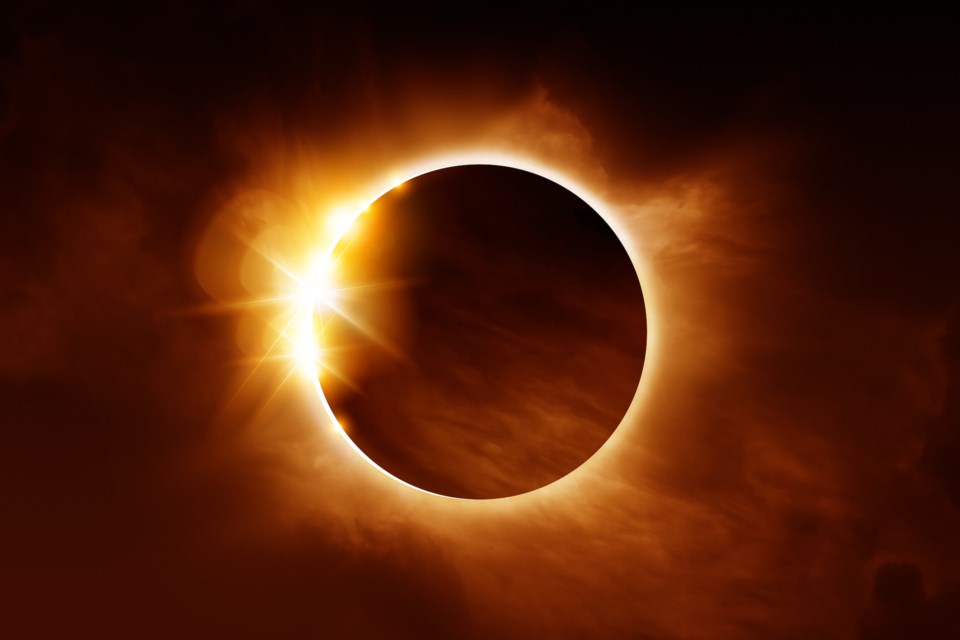NEWS RELEASE
BROCK UNIVERSITY
**********************************
Experts from Brock’s Faculty of Education are encouraging educators and parents to take advantage of the rare learning opportunities that pair with the upcoming total solar eclipse.
Brock Professors David Hutchison and Debra Harwood say the April 8 scientific event has the potential to spark lasting inspiration among students of all ages.
This was certainly the case for Hutchison who has vivid memories of witnessing the last North American total solar eclipse in 1979 with his Grade 5 classmates.
“It was one of the most formative experiences of my childhood and no doubt contributed to my wish to become a teacher,” he says. “It also inspired an early interest in science.”
Harwood, whose research expertise lies in early childhood education curriculum and nature-based learning, echoes the importance of connecting youth to the solar eclipse.
“Educators and parents should take advantage of this real-world event to foster children’s curiosity and connect them to this scientific phenomenon — starting with our youngest children,” she says.
With many Ontario students expected to stay home April 8, Harwood suggests providing facts and an explanation about what they can expect, particularly for younger learners.
Children should be encouraged to make predictions about why the phenomenon is happening and then provided with supports like games, crafts or experiments to reinforce eclipse concepts, deepening their learning experience.
When it comes to younger children, Harwood says parents and educators should introduce the concept of the eclipse beforehand using books like Someone is Eating the Sun by Ruth Sonneborn or A Few Beautiful Minutes by Kate Allen Fox.
Other kid-friendly activities that would benefit children include creating paper models showing the path of the sun, moon and Earth and playing games like ‘duck, duck, goose,’ which can easily be modified to ‘sun, sun, moon,’ she says.
Hutchison says the eclipse can be effectively used as a tool to teach students of any age the concept of time and history. Activities could include visually mapping the timelines of eclipses, also marking the ages of the students on the timeline to show the relationship of their ages to past and future eclipses.
“The concept of mapping eclipses also provides a timely opening for conversations about planetary and climate changes, tying in sustainability topics,” he says.
Hutchison emphasizes the importance of leveraging the school curriculum to prepare students for what the eclipse will be like and equipping them with critical safety knowledge.
After the celestial event, educators in all subject areas could draw on student reflections for discussion, he says.
“Students can reflect on their experience of the eclipse in meaningful ways by making connections with the science and technology curriculum’s focus on space, mapping where the solar eclipse is visible from in social studies, and creating art depicting the eclipse in visuals arts,” he says.
For high school students, Hutchison says there are opportunities to critically examine media coverage surrounding the event to strengthen media literacy skills.
“With a significant cultural shift towards risk-aversion over the last several years, there is an interesting conversation to be had with students about how risks are communicated and received by parents and the general public, and how this has changed over time,” he says.
Both Hutchison and Harwood emphasize the importance of youths experiencing the eclipse phenomenon first-hand, but with proper safety measures in place. These can be found on Brock’s Eclipse on the Escarpment web page.
David Hutchison and Debra Harwood, Professors in Brock’s Faculty of Education, are available for media interviews on the topic.
**********************************
